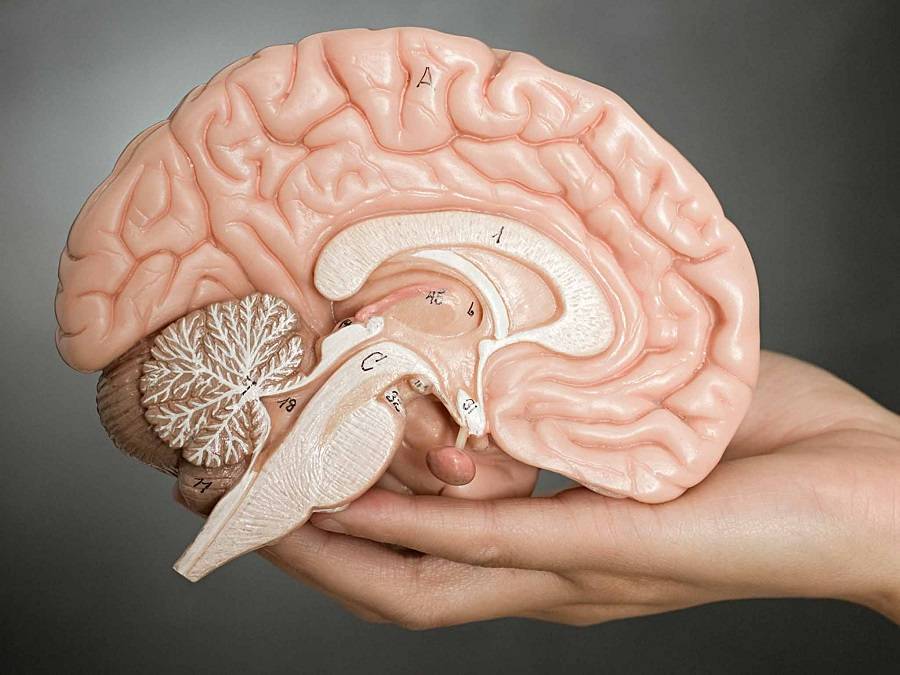The human brain, a complex and intricate organ, has always been a frontier of medical research. Despite significant advancements, we continue to seek effective treatments for neurological disorders and injuries. However, bioengineering, in concert with neurotechnology, is ushering in a new era of potential brain repair and enhancement. Along with Dr. Curtis Cripe, let’s examine the pioneering bioengineering strategies shaping neurotherapeutic methods, from repairing neuronal networks to potentially enhancing cognitive function.
Bridging Broken Connections: Neuroregeneration through Bioengineering
Traumatic brain injuries, stroke, and neurodegenerative diseases like Parkinson’s and Alzheimer’s often leave devastating neuronal damage in their wake. Traditional medicine can offer management strategies, but actual repair of neural tissues remains a significant challenge. Enter bioengineering: with techniques like neural tissue engineering, scientists are developing methods to promote neuroregeneration and repair damaged sections of the brain.
By using biomaterials, stem cells, and scaffolding techniques, researchers can create an environment conducive to growth and repair for neurons. For instance, bioengineered neural stem cells, when introduced to damaged areas, can integrate into existing neural networks, promoting regeneration and functional recovery. These innovations in neural tissue engineering hold immense promise for conditions previously considered irreversible.
Neuroprosthetics: Merging Man and Machine
Beyond organic repair, bioengineering plays a crucial role in the development of neuroprosthetics — devices that replace or improve damaged neurological functions. Cochlear implants for hearing impairment and retinal implants for certain forms of blindness are early successful examples.
The frontier of this research extends into more complex devices: brain-computer interfaces (BCIs). These systems translate neuronal activity into commands, allowing individuals to control prosthetic limbs, computer cursors, or even speech synthesizers through thought alone. For those with spinal cord injuries or neuromuscular disorders, BCIs represent groundbreaking ways to regain lost abilities, providing a new measure of autonomy and quality of life.
Cognitive Enhancement: Contemplating Ethical Implications
As we look to the future, the potential for not just restoring but enhancing cognitive function through bioengineering surfaces. Techniques like transcranial direct current stimulation (tDCS) and deep brain stimulation (DBS) are being studied for their ability to potentially enhance memory, attention, and cognitive speed.
However, this area of neuroenhancement is fraught with ethical, social, and psychological considerations. While the prospects of heightened intelligence or faster learning are tantalizing, questions about the long-term effects, equitable access, and ethical implications of ‘enhanced individuals’ versus ‘non-enhanced’ ones create significant debates in society.
Safety and Regulation: Navigating Uncharted Territories
All these advancements necessitate rigorous safety assessments and regulatory oversight. The brain’s complexity means that interventions, especially those intended for repair or enhancement, carry significant risk. Thorough understanding of long-term effects, potential psychological impact, and broader social implications is essential.
Regulatory bodies worldwide are grappling with these advancements, seeking to create frameworks that ensure safety and ethics without stifling innovation. The balance is delicate, as the field’s novelty means that not all potential consequences—medical, ethical, or societal—are immediately evident.
Conclusion: The Dawn of a Neuroscientific Renaissance
Bioengineering’s marriage with neurotechnology opens unprecedented possibilities for understanding the brain and addressing neurological challenges. From repairing damaged tissues to potentially enhancing cognitive abilities, the field stands at the forefront of medical science’s most exciting frontier.
However, as we tread further into this new territory, the journey mandates caution. Ethical considerations and patient safety must be the guiding principles for innovation in this field. With a balanced approach, the confluence of bioengineering and neurotechnology can herald a future where neurological health is not just restored but optimized, all the while honoring the essence of our human experience.




